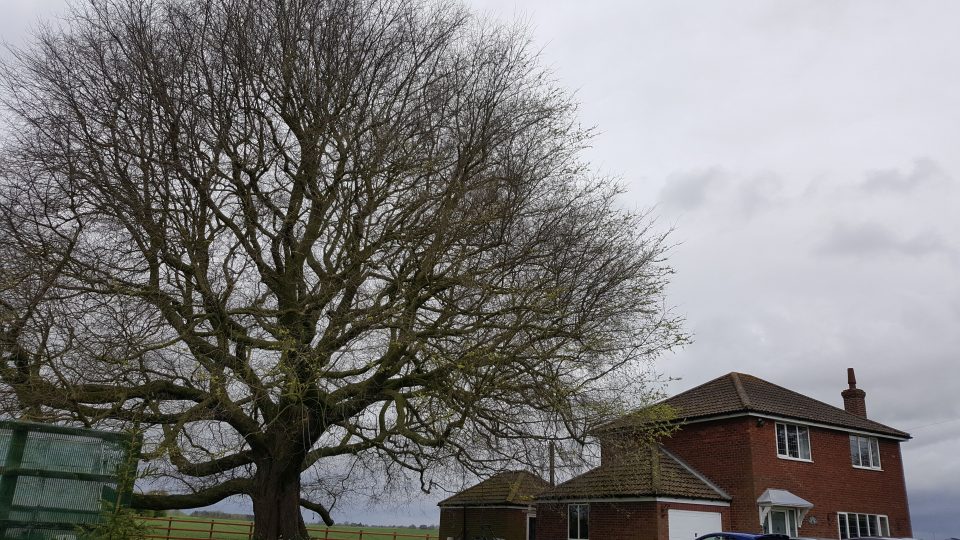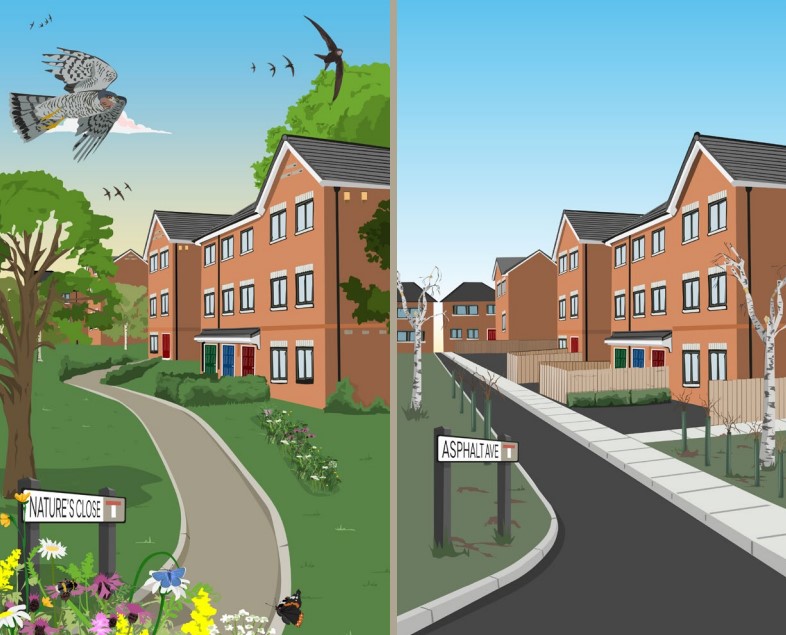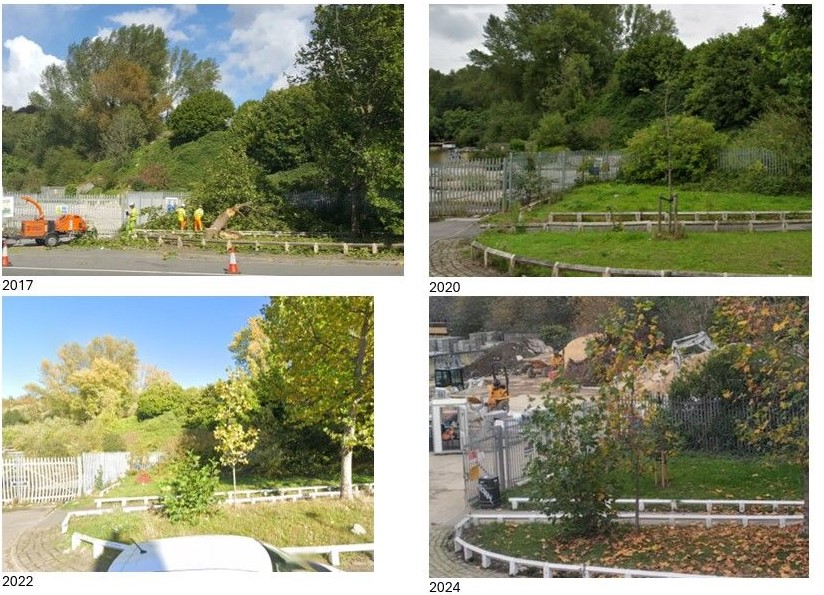Psithurism: the sound of wind whispering through the trees
6th January 2013BS:5837 (2012) Trees in relation to design, demolition and construction – William Morris: Recommendations.
20th May 2013A room with a view
“A view? Oh, a view! How delightful a view is!” – E.M. Forster
Aesthetic preferences suggest that an individual’s visual encounter with certain landscapes will elicit pleasurable neurophysiological activity. Or in other words, people like nice views. Research shows that people prefer natural scenes over urban ones; with park-like views generally scoring highest, leading to claims that such preferences are hard-wired.
People are willing to pay for a nice view from their home. Most (but not all) studies suggest that proximity to trees and greenspace has a statistically significant effect on house prices. However, the most influential environmental attribute seems to be the presence of water. The effect of a view of water bodies has been demonstrated, in almost every instance, to have a considerable impact on house price.
Two recent legal cases dramatically highlight the conflict that can occur, when views of water are blocked by trees. Both cases are similar in that they relate to a pine tree in a neighbouring garden that blocked the home-owner’s view of the local harbour, and ultimately both trees were (or will be) removed to allow for this improved waterside view. However, the role the local councils played in the removal of the trees couldn’t be more different.
Firstly, in Poole, UK, home-owner Neil Davey paid Thomas McGuire, to fell a pine tree in his neighbour’s garden, as the tree was obstructing his views of the water. McGuire snuck into the garden of the neighbouring house, under the cover of darkness, and felled the tree. With the tree now gone, this gave Mr Davey uninterrupted views of the harbour which increased the value of his property by an estimated £50,000.
A tree preservation order had been placed on the pine tree since 1990 and so the local council prosecuted. Mr Davey was found guilty of the destruction of a protected tree. He was given what is thought to be a record fine of £75,000 and told to pay the council £50,000, the estimated rise in value of his home with the view.
A similar scenario existed in Clyde Hill, a suburb of Seattle, USA, whereby a pine tree was blocking the view of the harbour for a neighbouring resident. The case attracted some local media attention due to the fact that it involved a local baseball legend, John “Big Rude” Olerud. A tree survey appraisal found that removing the neighbouring pine tree would improve his view of the harbour and thus boost the value of his $4 million home by $225,000.
Here the similarities end; far from a “tree” preservation order protecting the offending tree, the local council issued what could be described as a “view” preservation order. Specifically, Clyde Hill’s “View Obstruction and Tree Removal” ordinance, adopted in 1991, states no resident may “grow or tolerate” any tree that “unreasonably obstructs the view or access to sunlight of a neighbour.” Interestingly the ruling does not only protect views from neighbouring trees planted after residents bought their properties. The Oleruds purchased theirs in 2006, with full awareness of the existence of the trees within their potential view. They chose to buy that property and then to use the view preservation ordinance to force their neighbours to cut their trees.
Personally, I like sweeping panoramic views and I also like views of trees. I’d go so far as to suggest trees don’t block the view, they are the view. However, having sharply restricted depth of view (and loss of daylight) to a property wont be liked my many, irrespective of whether it is dense foliage or an adjacent brick wall. Similarly, the presence of a perceived threat within a view will itself produce dislike. So a large tree overhanging a property, swaying in the wind, can create a real (often unjustified) fear from those living under it, regardless of the view beyond.
Clyde Hills viewpreservation order, seemingly allowing free reign to chop and lop any neighbouring tree, seems grossly unbalanced against sustainable tree cover and is an extreme application of council powers. Poole council’s prosecution under tree preservation order law, seems wholly justified in this instance. However, in similar future scenarios, when poorly sited and unremarkable trees are causing a remarkable negative impact on the quality of life of residents, instances of individuals taking the law into their own hands, or else increased calls for laws similar to those in Clyde Hill, may become more common.
In both the above cases, beauty is very much in the eye of the local council, so it is important that as local authorities, they remain balanced when different aesthetic preferences for a “nice view” come into conflict.




